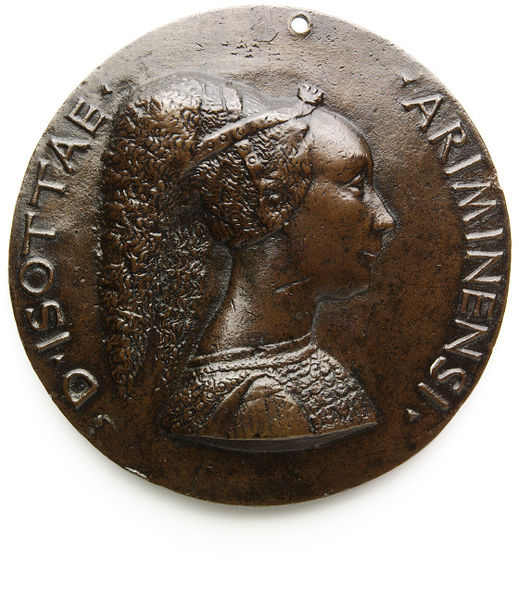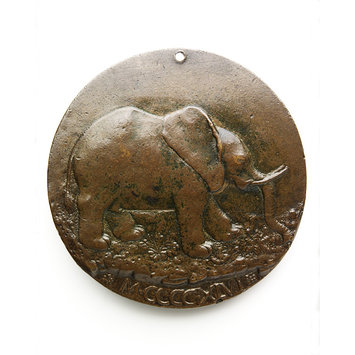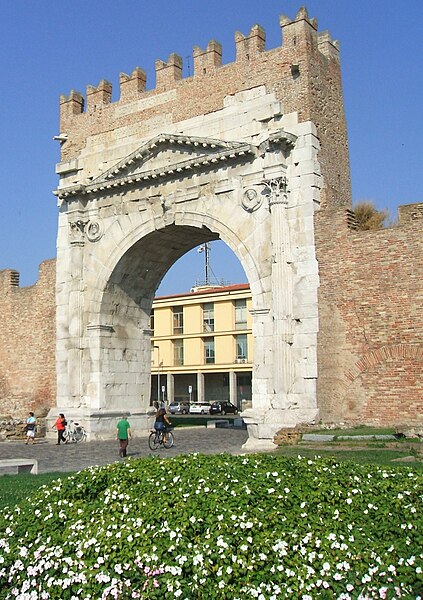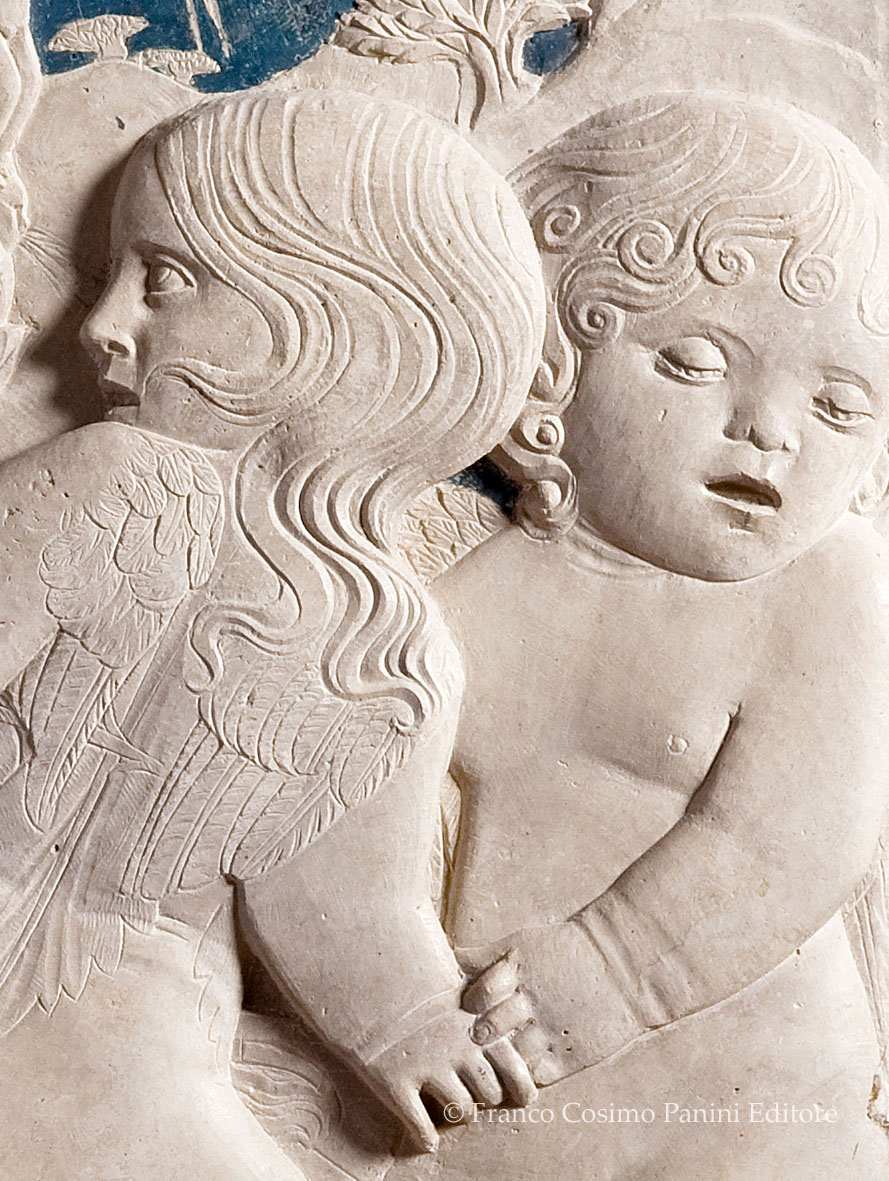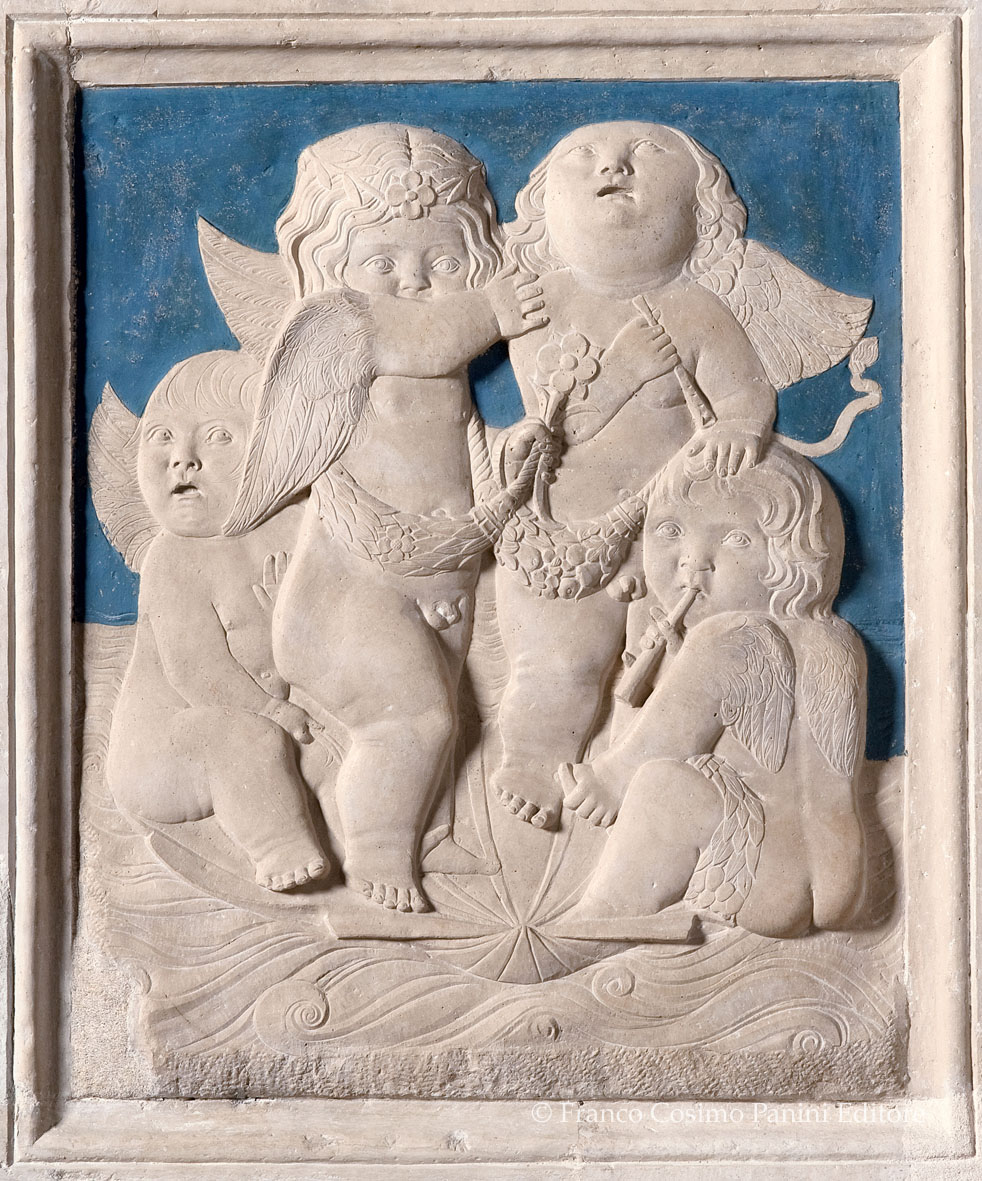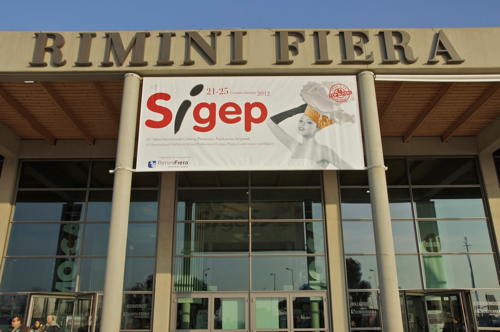Perhaps you associate Germany with fine
machinery but it is worth the trip to ltaly to learn that Italy
manufactures highly engineered machinery for making every day things.
“Italians are the champions of special machines,” says Luigi
Galdabini, Vice President of UCIMU, the Italian machine-tool
association. “We are innovative and competitive, and we are
artists, a little bit. Our aim is to be tops in performance, quality,
and innovation,” Galdabini says. This is why we keep traveling to
Italian trade shows, to discover cutting edge equipment and how to
use these discoveries to improve our productivity and for the food,
and the wine, and the art, and the architecture, but particularly
when the machines are directly connected to food production.
The Turtle Restaurant in Brownwood has
been a
Slow Food member since it’s founding in 2002. It began with
the usual story, owners drive by ranches with goats, sheep and cows,
but can’t find any local meat in the market. Making good food is
our passion.
During trips to Germany and Italy we
got hooked on gelato a/k/a Italian Ice cream. There were no
gelaterias in Brownwood. We purchased a Carpigiani Gelato/Ice Cream
machine from Ital-tex, near Dallas, in 2003 and took a 2 day class
in their office from the Italian gelato consultant,
Luciano Ferrari.
Luciano gave us some basic recipes designed for the larger Carpigiani
equipment and demonstrated some fancy semifreddo. The Carpigiani
model I purchased was their smallest machine, it only made “cold
process” gelato which is inferior to “hot process” like instant
pudding is inferior to creme brulee. We planned an expansion, added
gelato cases and a party room to the restaurant. We discovered the
Bravo gelato machine and the
SIGEP website.
SIGEP is a gelato, bakery, pizza,
coffee, chocolate trade show held every January in Rimini, Italy.
SIGEP is the pinnacle of all international trade shows related anything to
do with life in those “Italian trade sectors.” Rimini is on the
Adriatic sea, in the summer it is a crowded beach resort. During
January, except for SIGEP guests, Rimini, home of Fellini, is an
empty cold foggy “movie set,”. The town is quiet except for fog
horns booming then echoing in the harbor, however this gives us an
opportunity to sight see as if we were a Malatesta, without crowds but with attentive personal guides because we are their only visitors.
Rimini was founded by the Romans in
268 BC., the city was ruled by the Malatesta family (1295 until
1500). Take the time to see the Malatesta Temple (Tempio
Malatestiano), commissioned by Sigismond Pandolfo Malatesta. (this portrait is by
Piero della Francesca)
in 1447
as a monument to his lover and third wife Isotta degli Atti. Then he had her immortalized in this medal which Sisimundo commisioned from Veronese medallist Matteo de'Pasti.
The elephant depicted on the reverse was a heraldic symbol of the
Malatesta, proclaiming fortitude. Maybe we should have named the restaurant The Elephant instead of The Turtle, also a symbol of fortitude and persistence.
The year 1446, inscribed in Roman numerals, commemorates the year in which Isotta became his mistress. As a way of ensuring that her fame (and
his) endured, he buried medals of them both in the walls
and foundations of the buildings he commissioned, imitating the classical tradition of using Roman coins as foundation time capsules;for this reason, many of these medals survive. This design may have been part of a
pair, the other a portrait medal of Sigismondo showing his castle on the
reverse.

Under
his reign Rimini became one of Italy's liveliest centers for learning
and arts. The exterior of the Temple is the design of the architect
Leon Battista Alberti who believed that architecture should embody
the humanistic qualities of dignity, balance, control, and harmony
and that a building’s ultimate beauty equals the mathematical
harmony of its parts. The Temple is considered a first in Western
architectural history because it’s edifice incorporates the Roman
triumphal arch as it’s entrance. The massive central doorway,
flanked by two blind arches was influenced by the Arch of Augustus,
the oldest (27 BC) triumphal arch in Italy, also still standing in Rimini.
Inside
the temple one can view Giotto's Crucifix.
Frescoes by Piero della Francesca and
reliefs by Agostino di Duccio. I just adored the putti. Angelic little naked baby angels every where.
The Malatesta Temple stood as a model
for artists and architects of the later Renaissance. Because of these
humanistic values, and due to the glorification of Sigismondo
Pandolfo himself and his lover Isotta (their initials are woven all
over the building), the church was declared by Pope Pius II to be,
"full of pagan gods and profane things." Actually it was
due to “treachery” that Sigismondo was excommunicated and
publicly burned in effigy, the rest was just a long list of
politically acceptable excuses to do so. Rimini has an opposing
opinion of their protector and benefactor, the last of the family of
Malatesta to rule their fair city.
So after spending a few hours
considering 1500 years of Italian political and art history, we
return to SIGEP.
The length and breadth of the show is equally breath
taking. There are five airplane hanger sized halls devoted just to
the gelato sector. It takes days just to walk the exhibits and it is
impossible to attend all the seminars, demonstrations and
competitions making it difficult to choose what to see during the
fours days of the show.
First stop for us was the Bravo gelato
machine exhibit. We ordered our Bravo Trittico before we went to
SIGEP 2007 based on our internet research. Our visit to the show
confirmed we had made the right decision. While Italians make
industrial sized food production equipment for massive quantities,
they also manufacture equipment scaled for small producers. One of
the things I like about eating in Italy is that there are so many
small producers and so many regional differences in cuisine. Slow
Food makes an effort to preserve these differences and pass them on
to future generations. Italian food and it’s production is a fusion
of history, art and culture over the past centuries. Visiting Italy
changed my frame of reference as to what is “old,” what is an old
building, how many generations it takes to build a business or an
industry, or a country and then how it decays. I began to understand
the imperative of leaving a legacy. I am not exactly leaving commissioned coinage in the foundations of buildings though some locals think we are throwing away money, but we are attempting to take the relatively new buildings (1893-1929) of our relatively new town (1870) in a relatively new country (1776) and re-purpose them for use by future generations instead of tearing them down just because they are "old."
The features that drew us to the Bravo
Gelato Trittico were it’s multi-use and it’s size. Genesio Bravo
asked the questions...”how can I help ice cream makers? How can I
make their work easier? How can I make the highest quality ice
creams" Bravo founded his company to answer these questions.
According to their website “Bravo Trittico machines are innovative
combi-machines that heat, cool, freeze, and whisk producing an array
of pastry, frozen desserts and savory foods all in less than one
squared meter of space. Bravo is the only machine that unites all of
the processes involved in the production of high quality pastry,
gelato and confectionaries. It comes pre-programmed with 17 recipes
and a programmable function to customize.” We spent a day watching
demonstrations while tasting gelato and chocolates of every
conceivable flavor.
Fall 2008 I spent three days at the
Bravo factory situated at the foot of the Berici hills in the small
city of Montecchio Maggiore, Italy, overlooking Vicenza, the town
where the reknown architect Andrea Palladio (1508 – 1580) worked
during the Renaissance. I went to get a better understanding of
chocolate tempering using the Bravo machine. Technology is an
important assist on the road to local food production. Slow Food and
farm to table does not require a rejection of technology but rather
an appropriate considered marriage. We replaced a machine that did
one thing adequately with a machine that could perform dozens of
tasks superbly and simply which fit our scale of production and
consolidated them into a small space, exactly as advertised.
Italians value the traditions and
produce of small scale production of food, and by 1985 a law defined
Agriturismo, and many abandoned buildings and estates were restored.
These agriturismi allowed the small farmer to augment income from the
farm, and for vacationers to soak in rural life. A great place to
book agriturismi on line is
http://www.agriturismo.it/en/ In 2008,
we stayed seven days at agriturismo
Azienda Vinicola Tenuta Maraveja,
a restored antique Vecenzan farmhouse, about a fifteen minute drive
from the Bravo factory. We arrived during the middle of the grape
harvest yet Gildo Gennari greated us with a bottle of sparkling wine
and the warmest hospitality. Our room was very comfortable and attractive. Gildo explained his wine making operation
with the help of his brother’s translation, told us about local
sites and took us to a new wine sagra in Brendola, then he prepared a
barolo rissotto for us to celebrate our last evening before we set
off on a grappa tour of the region.
We always stop by the Irinox booth at
SIGEP because they are the world leader in shock freezing. When we
opened we could not afford an Irinox so we bought a less expensive
but less durable model which blew it's compressor twice in 2012. We
watched Irinox launch their Multi-Fresh series in 2009. Great idea,
painful price. Again the Italians won us over with their multiple use
highly engineered equipment. Irinox
engineers took the waste heat from the freezer compressor and put it
to work under the control of the Multi-Fresh computer center. If you
want to upload your own programs for temperature and moisture control
for a specific process you can do that though a port. The Multi-Fresh
system allows us to save nearly everything we make and process excess
seasonal produce so that it remains in the freshest condition
possible. Price becomes insignificant when compared to what this
machine will do for us and the labor and food cost savings. We expect
this machine to last three times our old one purpose blast freezer.

The computer which manages the operation
of the Multi -Fresh is pre-programed to blast freeze products,
regenerate them as if never frozen, chill or freeze soups, dry pasta,
pasteurize and more. It can take you through a full production cycle
of croissants from the chilling of dough to the freezing of formed
croissants through timed proofing over night. It can cook sous vide.
There isn’t room here for me to tell you all that it can do. For You tube videos explaining the entire range of processes go
here.
Another SIGEP 2012 addition to our
kitchen was the
Ital-Mini, a multi-purpose pasta machine based on one
of the oldest machines in history, the Archimedes Screw. Basically
it's a motor driven Archimedes screw that extrudes pasta dough though bronze
dies.
Made by Dominioni Punto & Pasta and now distributed in the USA by
R&C Valve Repair in Santa Fe Springs, California, the Ital-Mini is charming with a retro
look. You can order it in several colors and display it working within view of the dining room. This machine was designed specifically for a caterer or small
restaurant like us. We bought the ravioli attachment to save
labor. We extrude long sheets of dough, load them on the attachment,
fill a tube with filling and a few minutes later we have piles of
ravioli in what ever shape die we installed. This sure beats hours of
hand rolling and filling but still tastes as if Mama made it because
the dough is freshly made and the ingredients are pure. There were a number of problems to overcome when the machine arrived, starting with not have any instructions, but over time and with the help of R & C Valve Repair we finally managed to get the kinks worked out. We have
become a local small producer of food through what we have seen and
learned through our trips to Italy and SIGEP using the latest
technology designed for that purpose.










